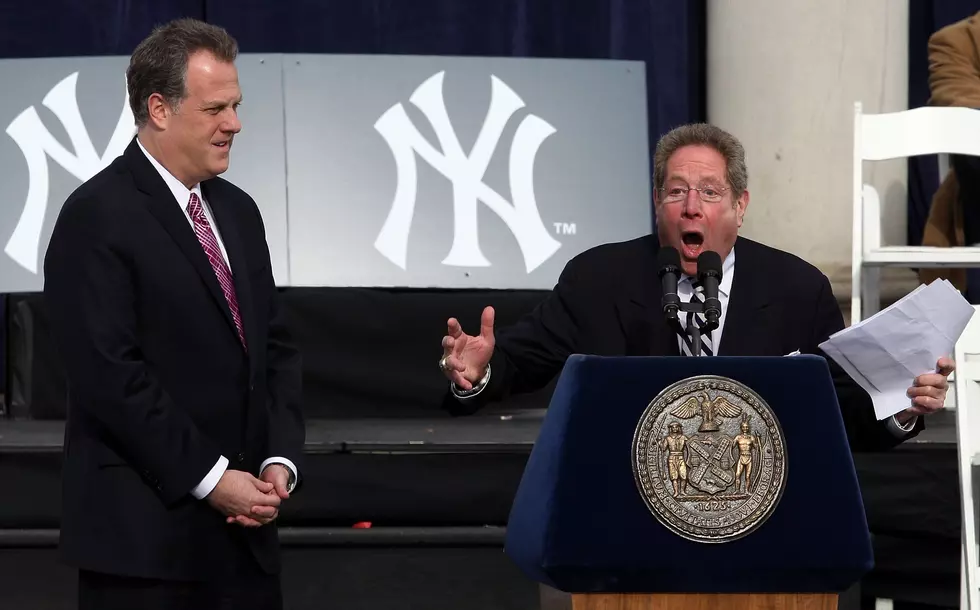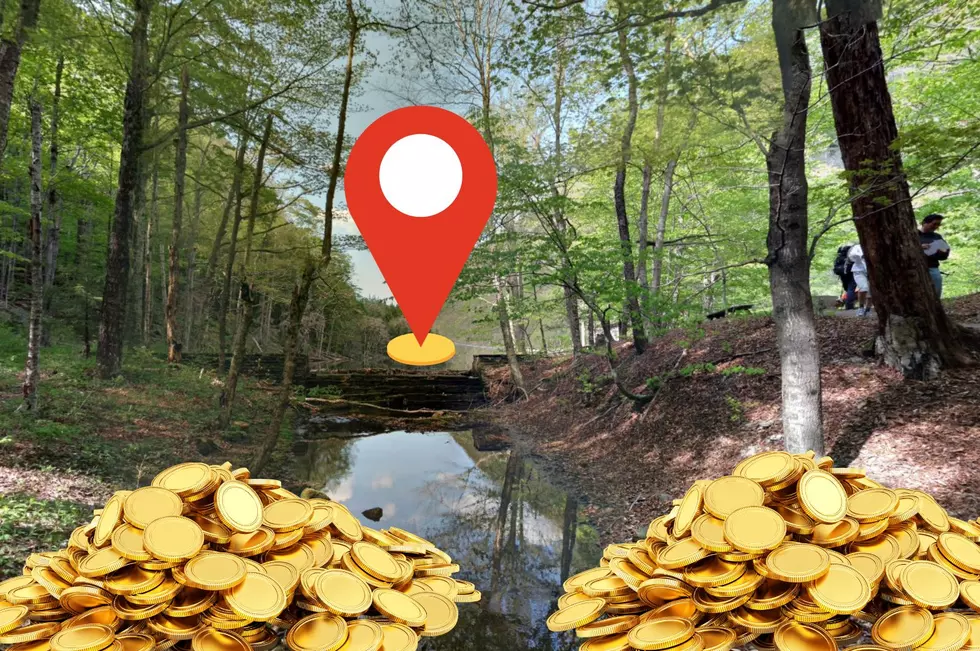
WEEKEND WEATHER: Cooler Weather Returns. When’s the Next Chance For Rain?
The Hudson Valley has enjoyed some beautiful above average temperatures over the past few days. Temperatures have climbed into the upper 70s during the afternoon, with sunny skies across the area. But, it's the middle of fall in New York, so it won't last for too much longer. Cooler weather is set to return to the Hudson Valley this weekend, according to forecasts. Will there be another chance for rain?
Some showers moved across the region late last night, but were long gone by sunrise. Friday should bring. another mild day across the Hudson Valley, with highs in the upper 60s and mostly sunny skies. Temps will cool off though overnight, with lows falling to the mid 40s to around 50 in some parts. Saturday will bring mostly cloudy skies and highs in the low 60s during the day. Saturday night will be cold, with lows in the low to mid 40s.
Sunday will be even cooler, with highs only in the 50 during the day. By night, expect some downright cold weather with lows in the mid to upper 30s. According to meteorologists, the next chance for precipitation comes Monday afternoon. Scattered showers arrive by later Monday, and the greatest chance for rain for next week coming Tuesday. Forecasts are calling for at least some chance for rain throughout most of the following week.
Some of the extended forecasts for the winter so far are a bit conflicting. While some like the Old Farmer's Almanac are saying we should expect near normal temperatures nd precipitation, other forecasts are calling for below average temps and above average snow. One big factor could be the return of La Niña. A La Niña is a phenomenon that produces cooler than average water temperatures in tropical Pacific Ocean, around the equator. It is not to be confused with El Niño, which is when warmer water temperatures occur in that part of the Pacific. Past La Niñas have produced colder, snowier winters across the northeast.
However, NOAA's latest winter outlook is predicting warmer temperatures for the Northeast.
LOOK: The most expensive weather and climate disasters in recent decades
KEEP READING: Get answers to 51 of the most frequently asked weather questions...
TIPS: Here's how you can prepare for power outages
More From WRRV-WRRB






